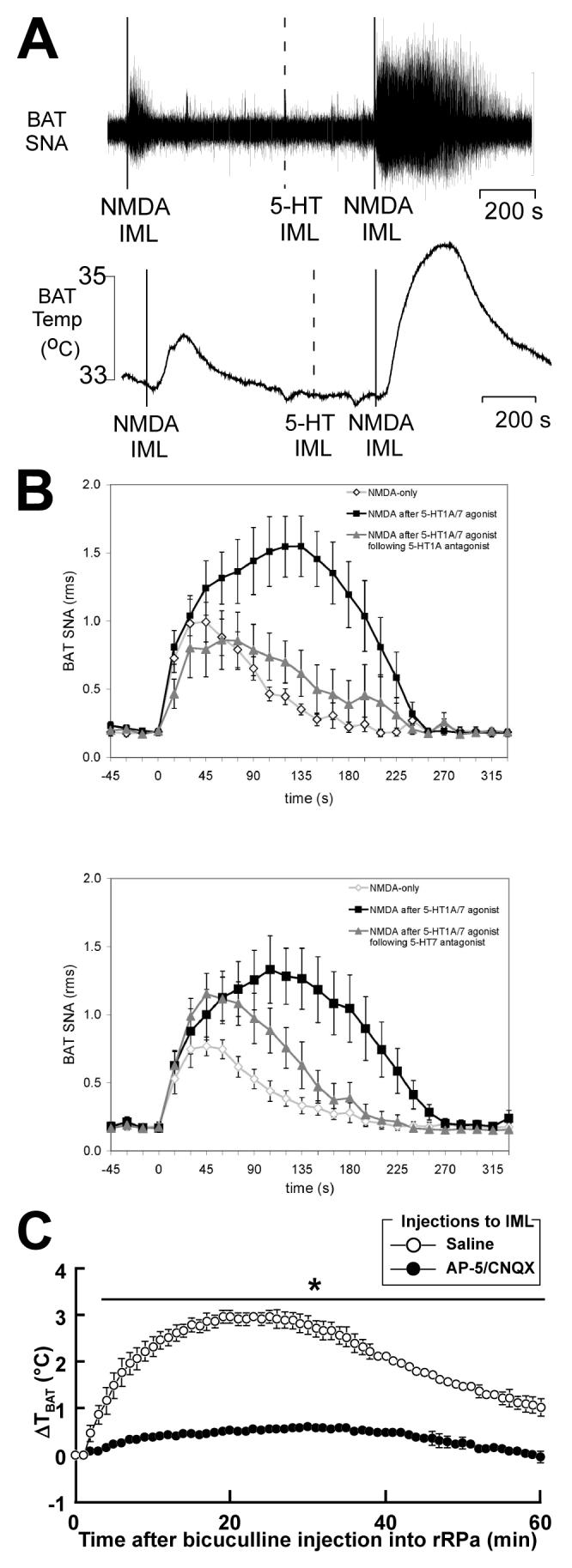Figure 7. Effects of activation and blockade of spinal glutamate and serotonin receptors on sympathetic activation of BAT and BAT thermogenesis.

A, microinjection of 5-HT into the T4 intermediolateral nucleus (IML) potentiated (+285%) the NMDA-evoked increase in BAT sympathetic nerve activity (SNA) and in BAT temperature. Vertical scale bar represents 20 μV for BAT SNA. Reproduced with permission from Madden & Morrison (2006). B, the time courses of the inhibition by selective 5-HT receptor antagonists of the 5-HT1A/7 receptor agonist 8-OH-DPAT-mediated potentiation of the increase in BAT SNA evoked by microinjection of NMDA into the T4 IML. The 5-HT1A receptor antagonist, WAY-100635, attenuated both the amplitude and the duration of the 8-OH-DPAT potentiation. The 5-HT7 receptor antagonist, SB269970, attenuated the duration but not the amplitude of the 8-OH-DPAT potentiation. Nanoinjection of NMDA only into the T4 IML (◇), NMDA into the T4 IML after 8-OH-DPAT into the T4 IML (■) and NMDA into the T4 IML following 8-OH-DPAT into the T4 IML after WAY-100635 or SB269970 into the T4 IML (▲). Reproduced with permission from Madden & Morrison (2008). C, nanoinjections of glutamate receptor antagonists into the IML blocked BAT thermogenesis triggered by bicuculline-induced disinhibition of rRPa neurons. Changes in BAT temperature (ΔTBAT) are shown after bicuculline injection into the rRPa in rats microinjected with a mixture of 2-amino-5-phosphonovaleric acid (AP-5, 5 mM) and 6-cyano-7-nitroquinozline-2,3-dione (CNQX, 5mM) or saline into the bilateral T2-T6 IML, using 200 nl/site, every 0.8 - 1.0 mm. The changes in BAT temperature were significantly different between the AP-5/CNQX- and saline-pretreated groups during the time period denoted by a horizontal bar with an asterisk (P < 0.05). Reproduced with permission from Nakamura et al. (2004a).
